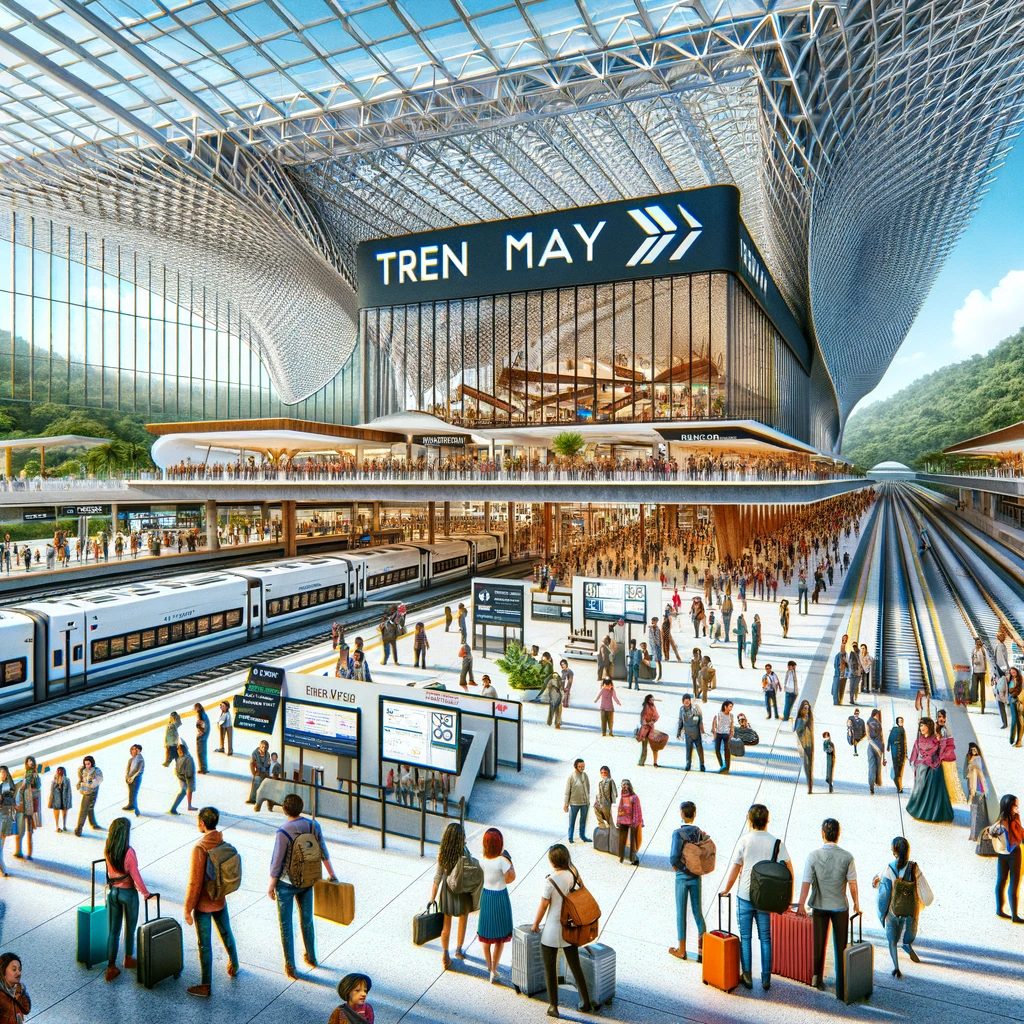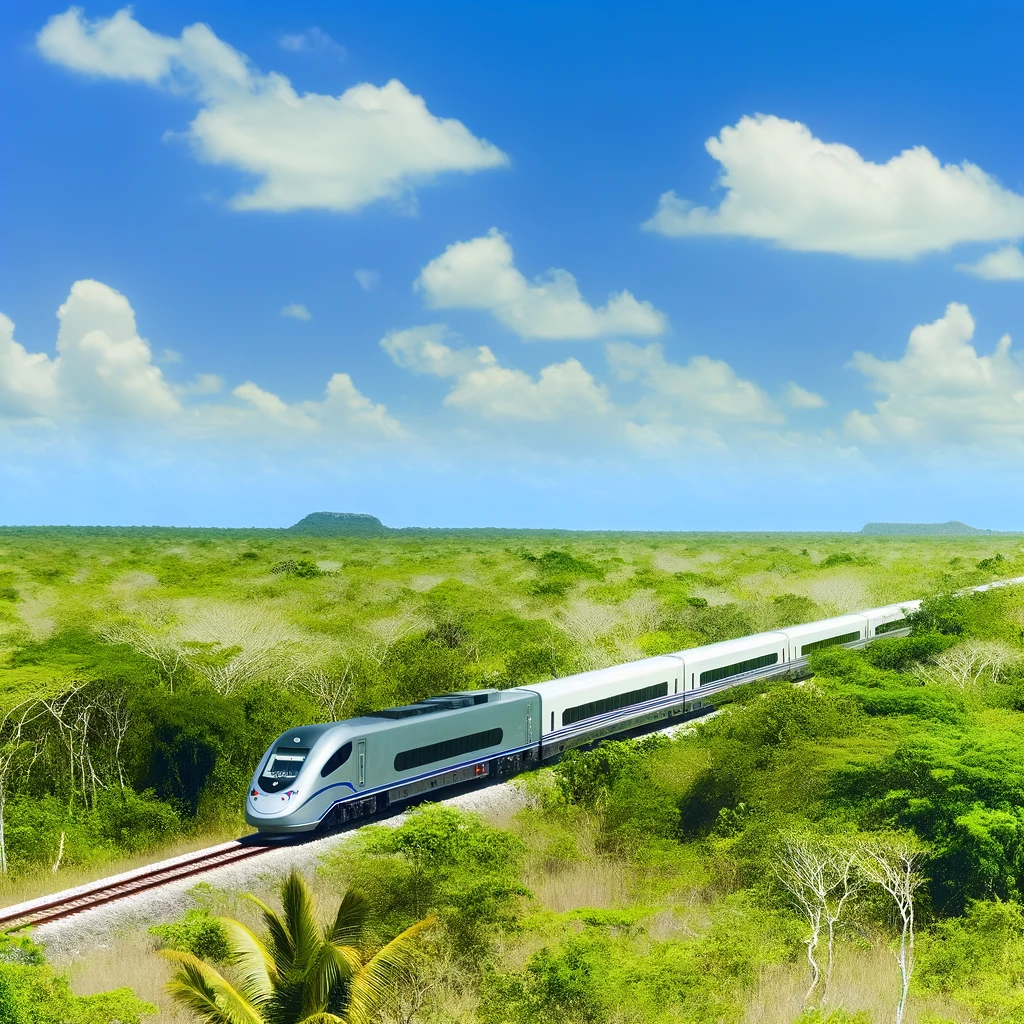Mexico’s grand vision, the Tren Maya (Maya Train), has embarked on its maiden voyage on December 15, 2023, marking a historic moment in the nation’s transportation landscape. Conceived by former president-elect Andrés Manuel López Obrador in 2018, this multi-billion-dollar endeavor promised a transformative rail network sprawling across 965 miles and five states.
With much anticipation, the inaugural train set off from Cancún, forging a path westward to Campeche, a journey spanning 300 miles. President López Obrador, witnessing the fruition of his ambitious project, hailed the Tren Maya as “the most important public work in the world,” envisaging not just a mode of transport but a catalyst for economic prosperity and job creation.
As of now, the operational stretch of the Tren Maya extends from Cancún to Campeche, with plans for further expansion to Palenque. Encompassing 34 stops across Quintana Roo, Yucatán, Campeche, Tabasco, and Chiapas, the railway promises to unlock the untapped potential of Mexico’s lesser-explored regions.
However, amidst the excitement, prospective travelers are encountering hurdles in accessing up-to-date information regarding routes, ticket purchases, and operational segments. Here’s a comprehensive guide to navigating Mexico’s newest marvel:

Current Operating Segments
Cancún to Campeche:
The existing route encompasses pivotal stations such as Cancún Airport, Chichén-Itzá, Valladolid, and the historic city of Campeche, among others.
Extension to Palenque: The journey extends onward to Palenque, promising a scenic expedition through verdant landscapes and ancient ruins.
Ticketing Information
Tickets for the Tren Maya are obtainable via the official website, allowing passengers to select their desired route, stations, and travel preferences. Presently, the available route from Cancún to Palenque offers two classes:
Tourist Class:
Offering a standard travel experience with comfortable seating arrangements.
Premier Class: Providing enhanced amenities and seating configurations for discerning travelers.
Onboard Experience
The Tren Maya promises a seamless blend of comfort and adventure, with trains designed to accommodate diverse preferences:
Xiinbal: The current operational service caters to short-distance travel, featuring amenities such as Wi-Fi connectivity and a bar car.
Janal: Tailored for culinary enthusiasts, this upcoming service will boast a dining car serving traditional Mayan delicacies.
P’atal: Designed for long-haul journeys, this service will offer luxurious amenities including sleeper cabins for overnight travel.
Controversies and Challenges
Despite its monumental ambitions, the Tren Maya project hasn’t been devoid of controversy. Environmental concerns have been raised over extensive deforestation to clear the route, impacting local wildlife habitats. Moreover, escalating project costs, originally estimated at $7.5 billion, have ballooned to approximately $30 billion, triggering fiscal apprehensions.
Nevertheless, proponents view the Tren Maya as a potential game-changer for Mexican tourism, offering unprecedented access to remote communities and culturally rich landscapes. As the project continues to unfold, it promises to redefine travel experiences and shape the future of exploration in Mexico’s Yucatán Peninsula.
The Tren Maya isn’t merely a railway; it’s a voyage through history, culture, and natural splendor—a testament to Mexico’s enduring spirit of innovation and exploration. As travelers embark on this extraordinary journey, they’ll traverse not just miles of track, but a tapestry of experiences that capture the essence of this vibrant nation.






